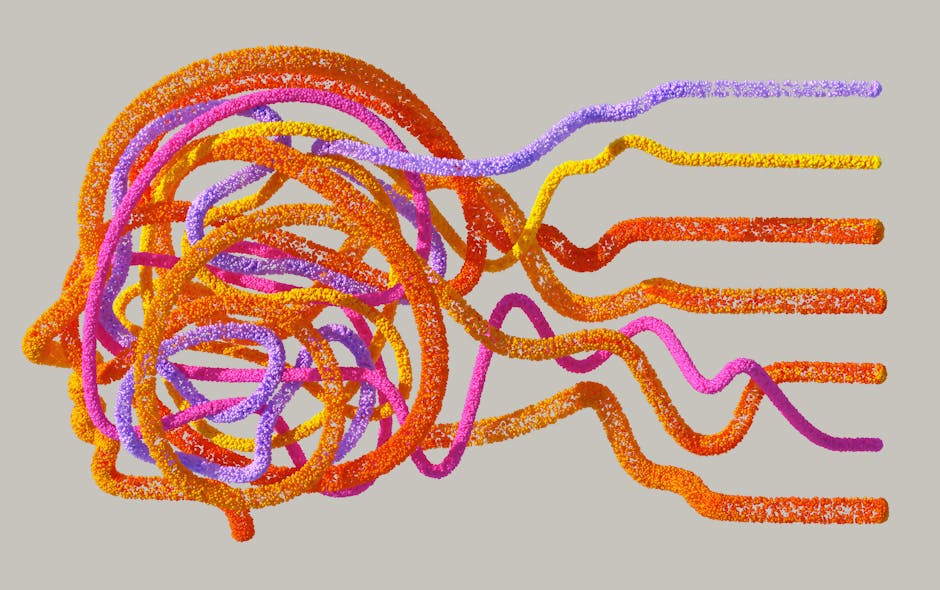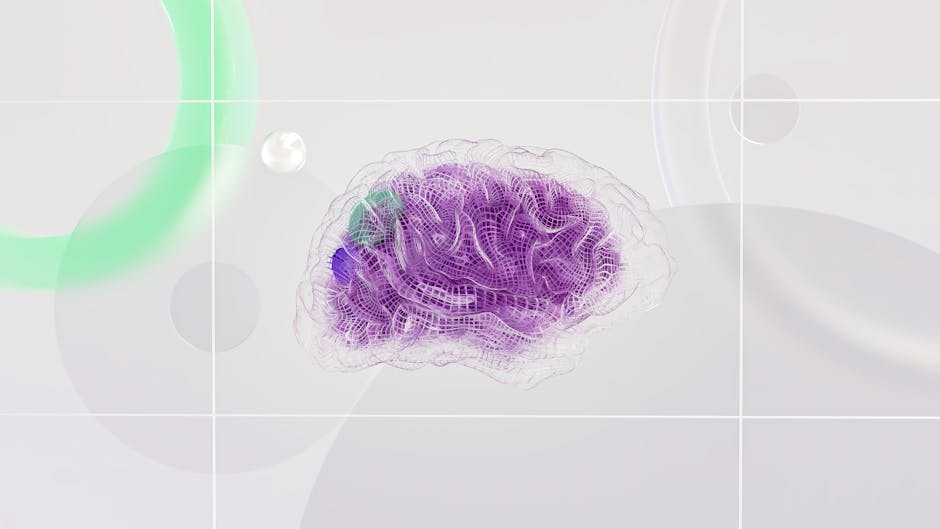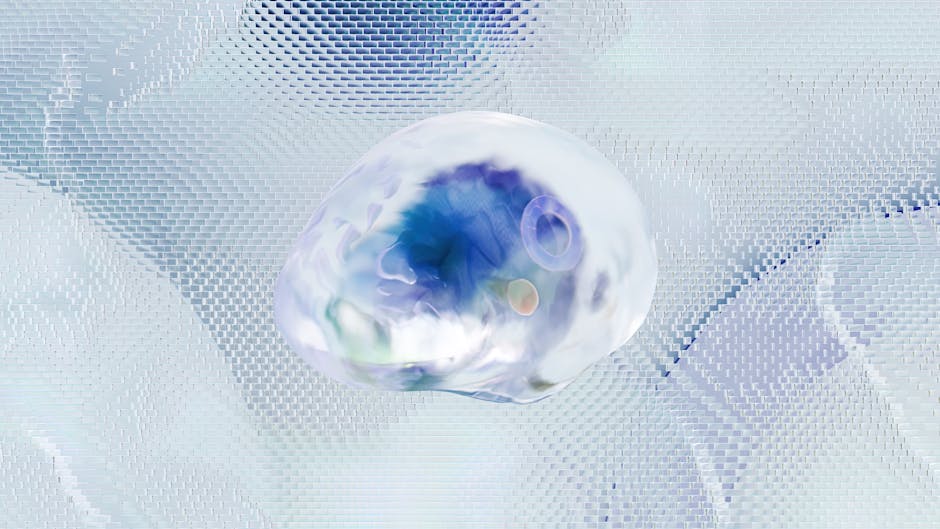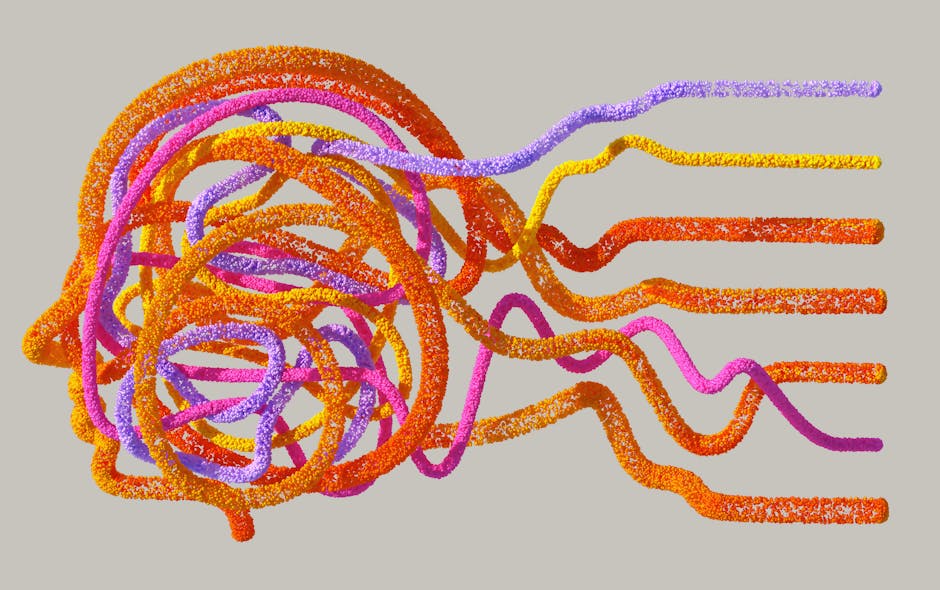What is Normal Pressure Hydrocephalus (NPH)?
Normal pressure hydrocephalus (NPH) is a neurological condition characterized by an accumulation of cerebrospinal fluid (CSF) in the brain’s ventricles. Unlike other types of hydrocephalus where the pressure within the skull is elevated, NPH presents with normal CSF pressure during lumbar puncture. This seemingly paradoxical situation is what gives the condition its name. Despite the normal pressure readings, the excess CSF still causes significant neurological impairments. The precise mechanisms underlying NPH are not fully understood, but it’s believed to involve impaired CSF absorption and circulation.
Causes of NPH
The exact cause of NPH remains elusive in many cases, making it challenging to prevent. However, several factors have been implicated:
- Previous Brain Injury or Surgery: Head trauma, brain surgery, or subarachnoid hemorrhage can lead to scarring and inflammation, potentially disrupting CSF flow.
- Intraventricular Hemorrhage: Bleeding within the brain’s ventricles can obstruct CSF pathways.
- Infection: Meningitis or other infections affecting the brain can damage CSF-producing structures or the pathways responsible for CSF absorption.
- Genetic Predisposition: Some individuals may be genetically more susceptible to developing NPH.
- Idiopathic NPH: In a significant portion of cases, no identifiable cause can be found. This is termed idiopathic NPH.
Symptoms of NPH
The classic triad of symptoms associated with NPH includes:

- Gait Disturbance: This is often the most prominent symptom, presenting as an unsteady, wide-based gait with a tendency to shuffle. Patients may experience difficulty initiating movement (gait initiation) and maintaining balance.
- Cognitive Impairment: Cognitive decline can range from mild forgetfulness to significant dementia-like symptoms, including difficulty with memory, attention, and executive function. Patients may experience problems with concentration, planning, and problem-solving.
- Urinary Incontinence: Frequency and urgency of urination, along with incontinence, are common features. This is attributed to the effect of excess CSF on the brain regions controlling bladder function.
It’s crucial to remember that not all individuals with NPH will exhibit all three classic symptoms. Some may present with only one or two symptoms, making diagnosis challenging. Other symptoms can include:
- Dementia-like symptoms: Confusion, disorientation, personality changes, and apathy.
- Depression: Psychological changes are common in NPH.
- Headaches: While not a defining symptom, headaches can sometimes occur.
Diagnosing NPH
Diagnosing NPH can be complex due to the overlapping symptoms with other neurological conditions, such as Alzheimer’s disease, Parkinson’s disease, and vascular dementia. A thorough diagnostic process usually involves:

- Neurological Examination: A complete neurological assessment to assess cognitive function, gait, and reflexes.
- Brain Imaging: CT scans or MRI scans are essential to visualize the ventricles and assess for ventricular enlargement. Ventricular enlargement is a key indicator of NPH, but not always definitive.
- Lumbar Puncture: This procedure involves inserting a needle into the spinal canal to measure CSF pressure. While pressure is typically normal in NPH, CSF dynamics may be evaluated through other means during the procedure.
- CSF Dynamic Studies: Advanced tests might be used to assess how CSF is produced, circulated and absorbed.
- Neuropsychological Testing: Tests to evaluate cognitive abilities and rule out other conditions.
Treatment Options for NPH
Treatment for NPH primarily focuses on relieving the excess CSF and improving symptoms. The most common treatment is:
- Shunt Surgery: This involves surgically implanting a shunt, a small tube, to drain excess CSF from the ventricles to another part of the body, such as the abdomen or heart. This reduces pressure on the brain and alleviates symptoms. Shunt surgery is considered the primary treatment for NPH when the diagnosis is certain and symptoms are impacting quality of life.
Other treatment modalities may include:
- Medication: Medications may be used to manage associated symptoms such as urinary incontinence or cognitive difficulties.
- Physical Therapy: Physical and occupational therapy can help improve gait, balance, and motor skills.
- Cognitive Rehabilitation: Techniques to enhance cognitive function and memory.
Prognosis and Outlook
The prognosis for NPH varies depending on factors such as the severity of symptoms, the timing of diagnosis, and the individual’s response to treatment. Early diagnosis and treatment generally lead to better outcomes. Many patients experience significant improvement in their symptoms after shunt surgery. However, some individuals may not experience complete resolution of their symptoms, and ongoing management may be required.
Living with NPH
Living with NPH can present various challenges, but with appropriate management, individuals can maintain a reasonable quality of life. This often involves a combination of medical care, therapy, and support systems. Support groups and resources for individuals with NPH and their caregivers are available, offering valuable information, guidance, and emotional support.
Conclusion
NPH is a complex condition that requires careful diagnosis and management. The classic triad of symptoms – gait disturbance, cognitive impairment, and urinary incontinence – provides a valuable clue, but the absence of one or more symptoms does not preclude the diagnosis. Early detection and prompt treatment, ideally with shunt placement, offer the best chance for improvement and a better quality of life.


